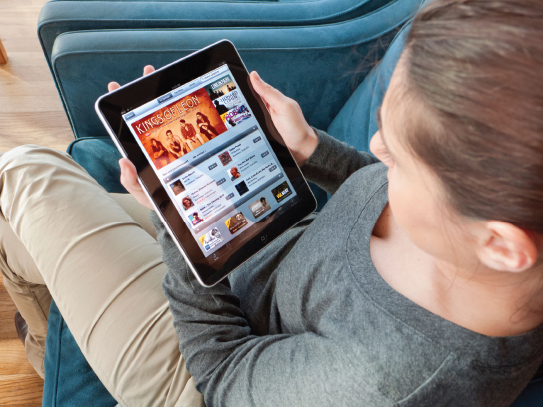The Reemergence of Pop

After waves of punk, grunge, alternative, and hip-hop, the decline of Top 40 radio, and the demise of MTV’s Total Request Live countdown show, it seemed like pop music and the era of big pop stars was waning. But pop music has endured and even flourished in recent years, with American Idol spawning a few genuine pop stars like Kelly Clarkson and Carrie Underwood. More recently, the television show Glee has given a second life to older hits like Journey’s “Don’t Stop Believin’” and Madonna’s “Like a Prayer” on the pop charts. But perhaps the biggest purveyor of pop is iTunes, which is also the biggest single seller of recorded music. The era of digital downloads has again made the single (as opposed to the album) the dominant unit of music, with digital single download sales more than ten times as popular as digital album download sales. The dominance of singles has aided the reemergence of pop, since songs with catchy hooks generate the most digital sales. By 2013, iTunes offered more than twenty-eight million songs, and the top artists were leading pop acts such as Katy Perry, Flo Rida, Daft Punk, P!nk, Fun, Rihanna, Maroon 5, Usher, and Nicki Minaj.